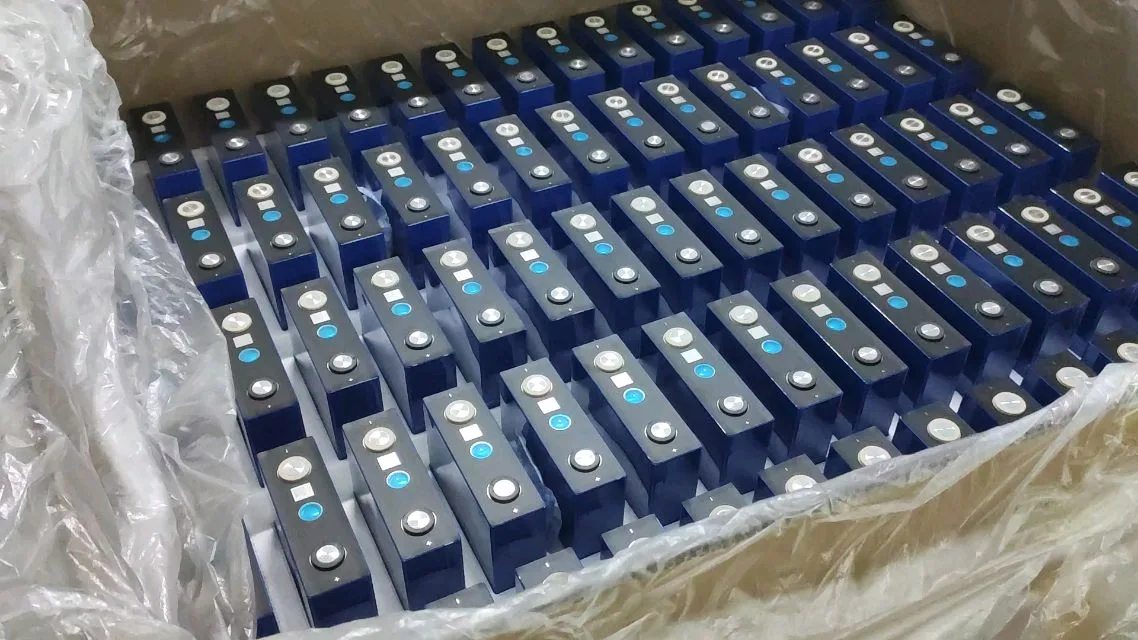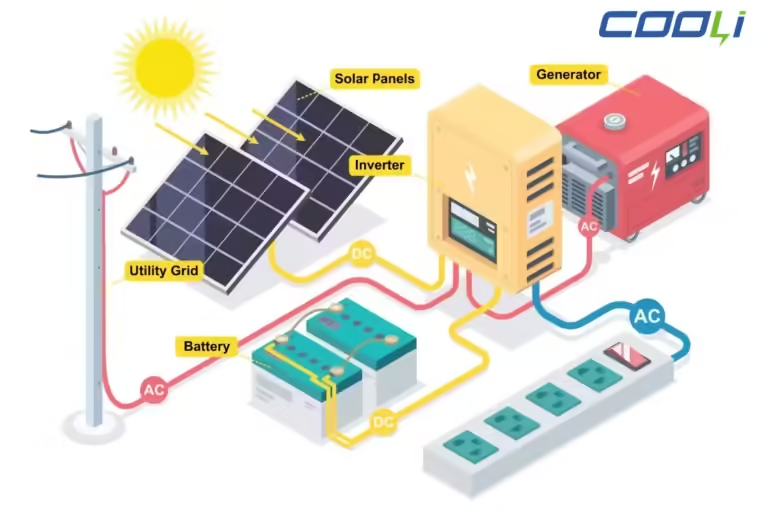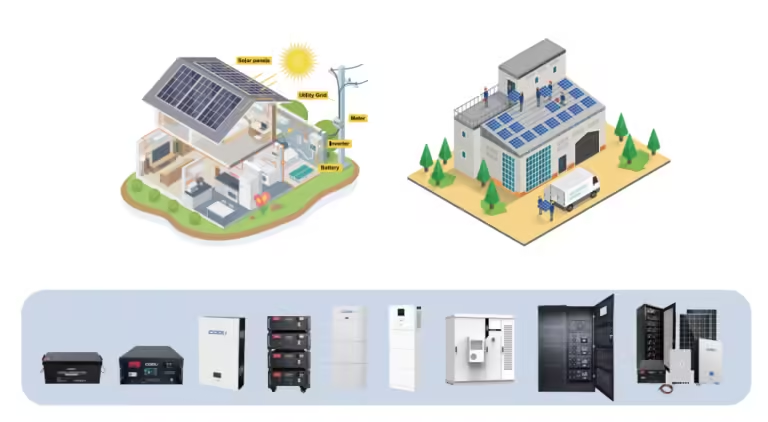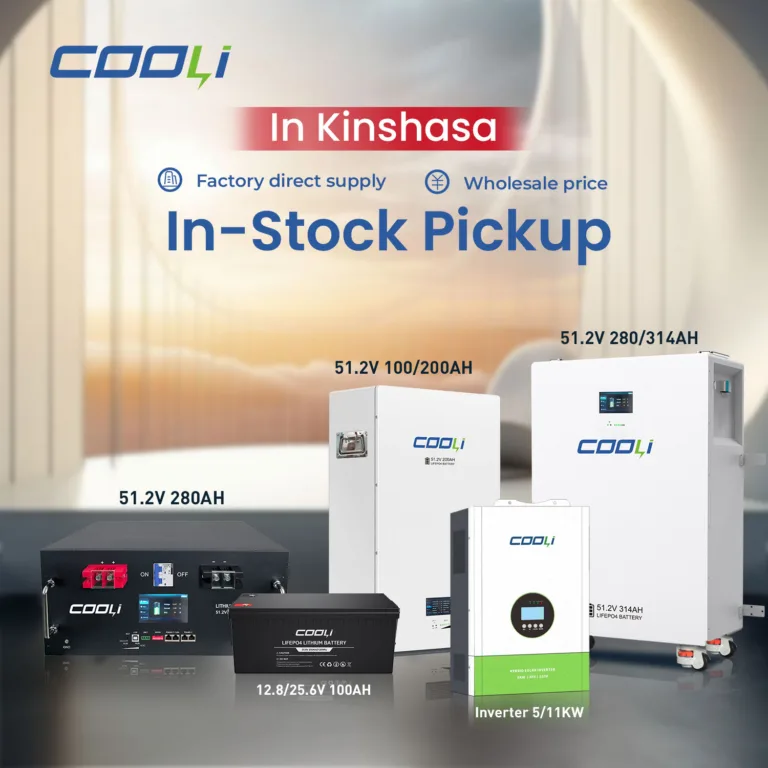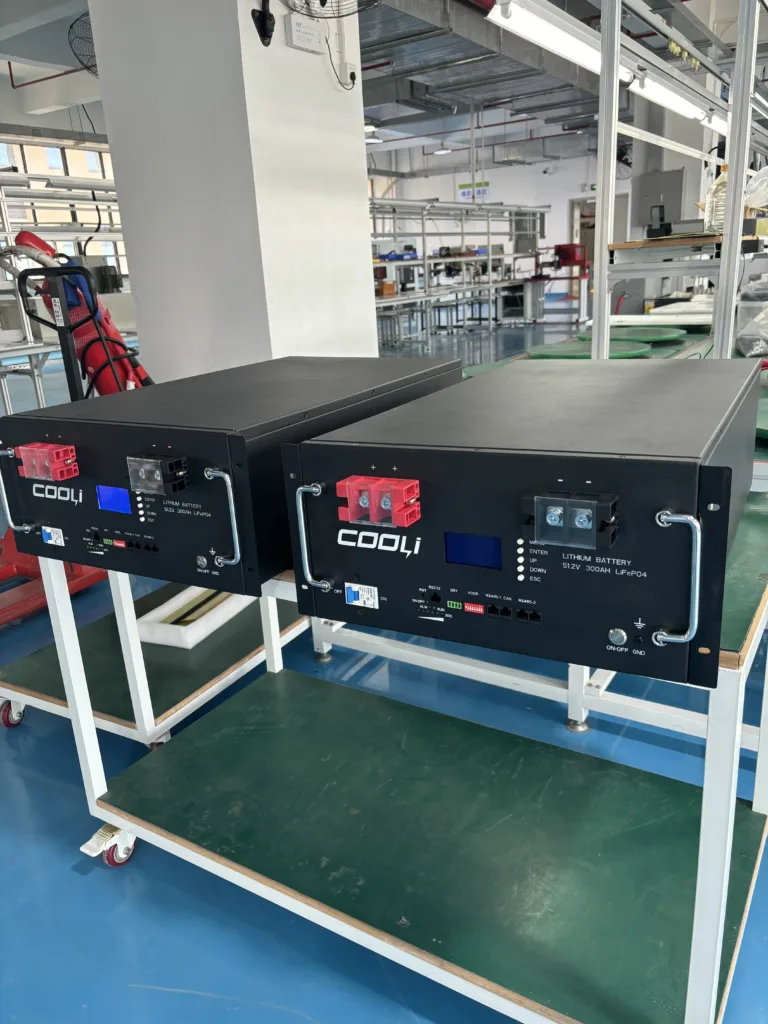The Ultimate Guide to LiFePO4 Batteries: Everything You Need to Know
Introduction to LiFePO4 Technology
LiFePO4 (Lithium Iron Phosphate) batteries represent a breakthrough in rechargeable energy storage. Unlike traditional lithium-ion chemistries (e.g., cobalt-based), LiFePO4 uses a stable olivine crystal structure that inherently resists thermal runaway, making it one of the safest lithium battery variants available. This chemistry delivers exceptional cycle life, environmental benefits, and robust performance across diverse applications—from electric vehicles to home energy storage.
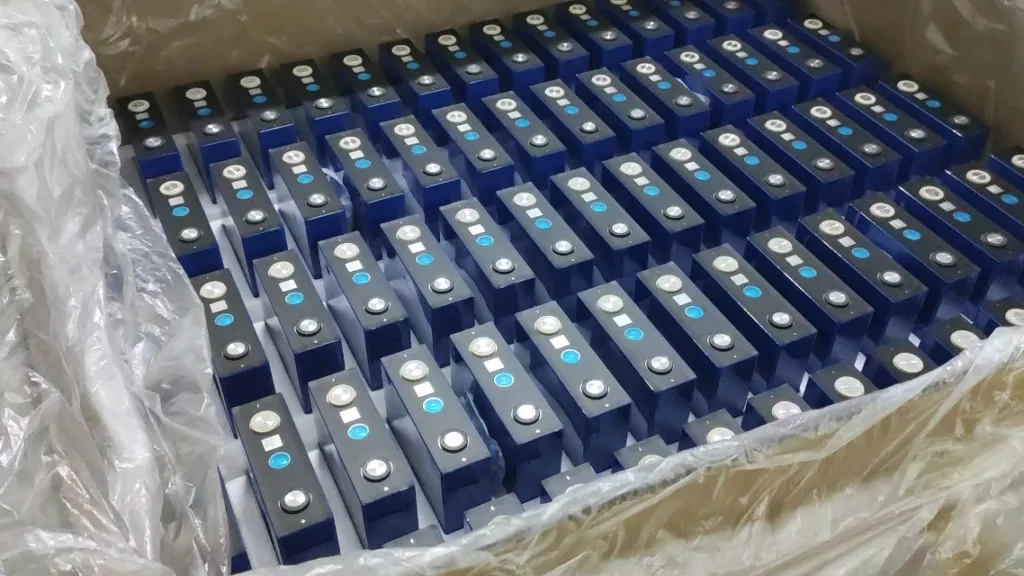
1. Core Advantages of LiFePO4 Batteries
- Exceptional Longevity:
With 3,000–6,000 cycles at 80% depth of discharge (DoD), LiFePO4 batteries outperform lead-acid (300–500 cycles) and standard lithium-ion batteries. Properly maintained, they can last 7–10 years—4x longer than lead-acid alternatives. - Enhanced Safety:
The iron-phosphate bond remains stable up to 500°C, eliminating explosion risks during overcharge, short circuits, or physical damage. This makes LiFePO4 compliant with stringent safety standards like Exic IIB T4 Gc. - High Performance in Extreme Conditions:
- Operates between -20°C to 60°C with minimal capacity loss (e.g., 70% capacity retention at -40°C).
- Supports rapid charging (up to 2C rate), reaching 100% capacity in 40 minutes with a compatible charger.
- Eco-Friendly:
Contains no toxic cobalt, lead, or cadmium. Achieves 95% recyclability and reduces carbon footprint by 40% compared to lead-acid batteries.
2. Voltage & Capacity Characteristics
LiFePO4 cells have a nominal voltage of 3.2V. Configurations scale to meet system requirements:
| System Voltage | Full Charge (V) | 20% DoD (V) | 0% Capacity (V) |
|---|---|---|---|
| 12V | 14.6 | 12.8 | 10.0 |
| 24V | 29.2 | 25.6 | 20.0 |
| 48V | 58.4 | 51.2 | 40.0 |
Key Notes:
- Avoid discharging below 2.5V per cell (e.g., 10V for 12V systems) to prevent irreversible damage.
- Resting voltage (after 30+ minutes idle) is the most accurate state-of-charge (SoC) indicator.
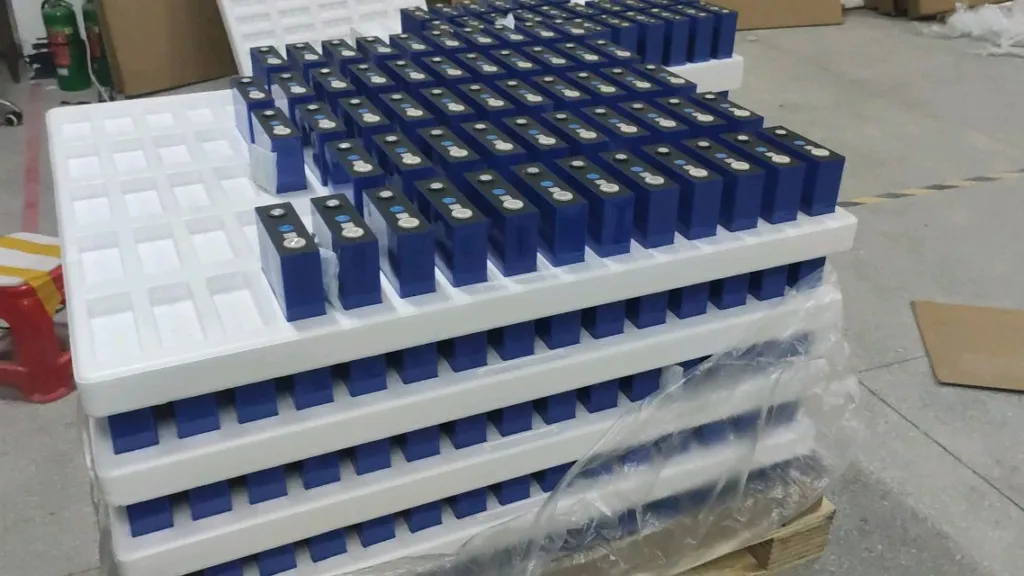
3. Maximizing Lifespan: Maintenance Best Practices
- Charge Management:
- Ideal Range: Maintain 20–80% SoC during daily use. Avoid 100% full charges unless necessary.
- Voltage Limits: Use LiFePO4-specific chargers with voltage cutoffs at 3.65V/cell (14.6V for 12V systems).
- Temperature Control:
- Store/operate between 0°C–45°C (32°F–113°F). Below 0°C, lithium plating occurs; above 45°C, degradation accelerates.
- Avoid Deep Discharges:
Never discharge below 20% SoC (3.0V/cell). Deeper discharges cause permanent capacity loss. - Storage Protocol:
- Store at 30–50% SoC in a dry, 15–25°C environment. Recharge every 6 months to prevent over-discharge.
4. Installation & Configuration Tips
- Series vs. Parallel Connections:
- Series: Increases voltage (e.g., 4x 12V = 48V). Requires identical batteries and a Balancing BMS to prevent voltage drift.
- Parallel: Increases capacity (e.g., 4x 100Ah = 400Ah). Use cables of same length/AWG to ensure balanced currents.
- Critical Safety Steps:
- Secure terminals with torque wrenches (12–15 Nm) to avoid loose connections.
- Clean terminals regularly with a wire brush to prevent corrosion-induced resistance.
- Always integrate a Battery Management System (BMS) to monitor voltage, temperature, and current.
5. Top Applications
- Renewable Energy Storage: Ideal for solar/wind systems due to high DoD tolerance and 10+ year lifespan.
- Electric Vehicles: Used in EVs, golf carts, and forklifts for high current delivery (up to 10C) and fast charging.
- Marine/RVs: Resistant to vibration, requires no ventilation, and operates safely in confined spaces.
- Backup Power: Replaces lead-acid in UPS systems with 50% weight reduction and 2x energy density.
6. Comparison with Other Batteries
| Parameter | LiFePO4 | Lead-Acid | Standard Li-ion |
|---|---|---|---|
| Cycle Life | 3,000–5,000 | 300–500 | 500–1,000 |
| Energy Density | 90–120 Wh/kg | 30–50 Wh/kg | 150–200 Wh/kg |
| Cost Over 10 Years | $$$ | $$$$ | $$$$ |
| Safety | Excellent | Good | Moderate |
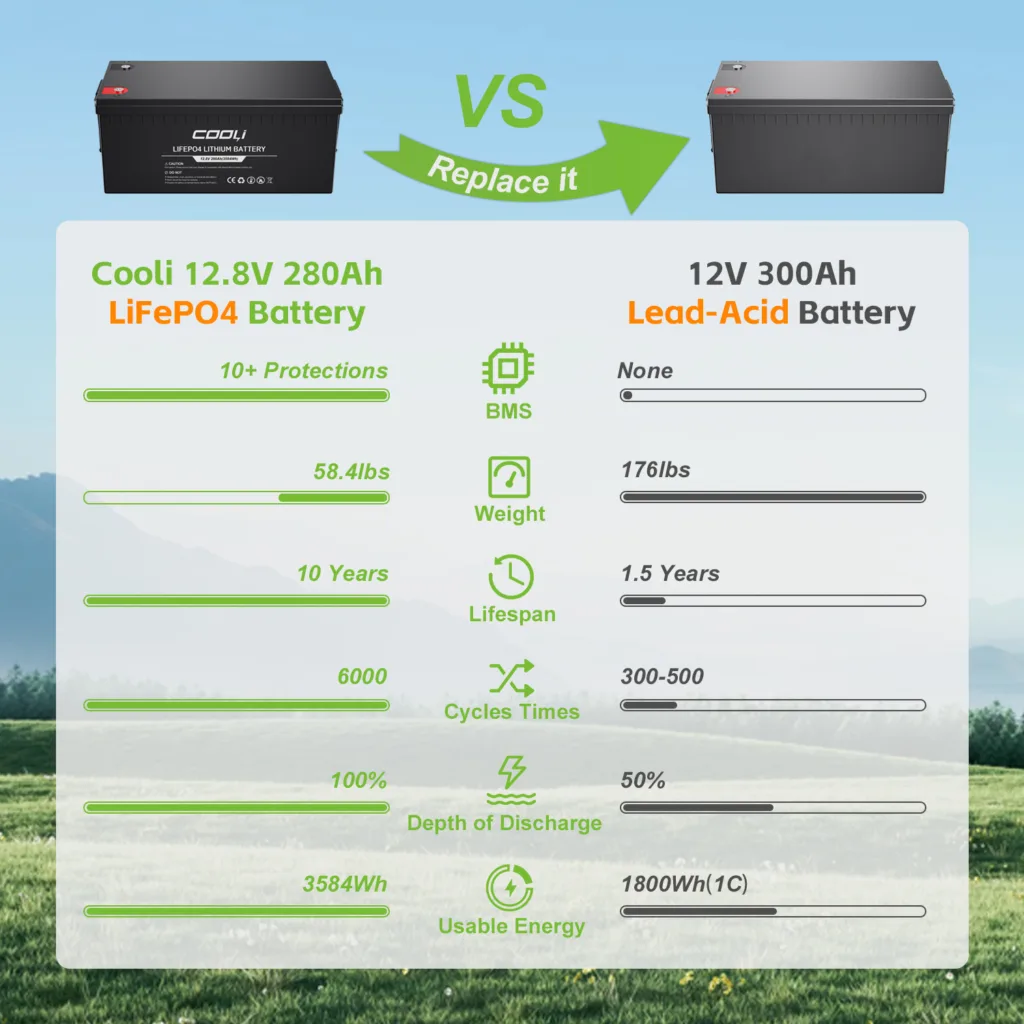
7. Troubleshooting Common Issues
- Capacity Fade: Caused by deep discharges or high-temperature storage. Recalibrate with a full charge/discharge cycle.
- Voltage Imbalance: In series configurations, use a BMS with active balancing to equalize cell voltages.
- Swelling/Leaks: Immediately isolate the battery. Often results from physical damage or chronic overcharging.
Future of LiFePO4 Technology
Innovations focus on boosting energy density (>160 Wh/kg) and reducing costs through sodium-ion hybrids. As sustainability mandates tighten, LiFePO4 is projected to dominate 70% of the EV and grid-storage markets by 2030.
Pro Tip: For solar systems, pair LiFePO4 with MPPT controllers (e.g., 14.6V absorption for 12V batteries) to optimize harvest and prevent overcharge.
LiFePO4 batteries merge safety, longevity, and eco-efficiency—making them the cornerstone of modern energy storage. By adhering to voltage limits, temperature guidelines, and cycling best practices, users unlock decades of reliable performance.

